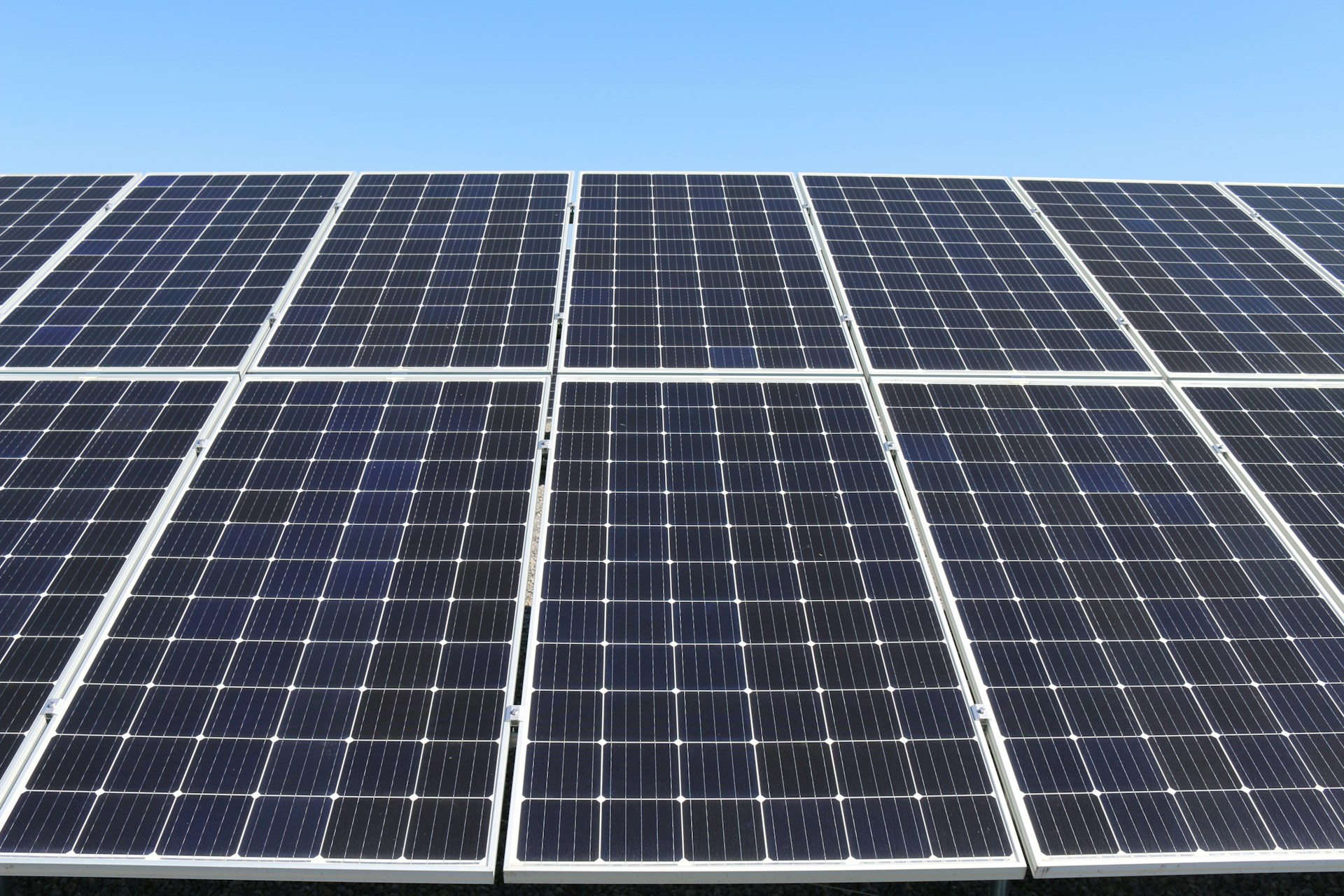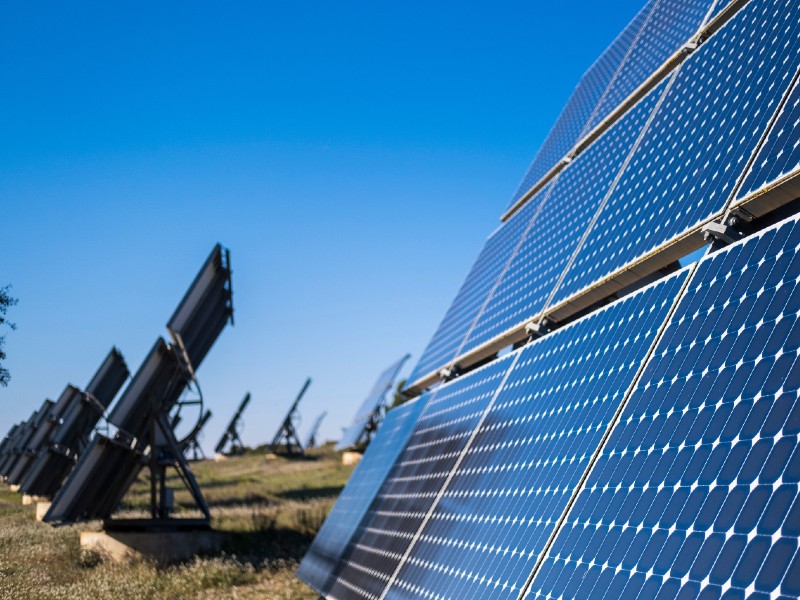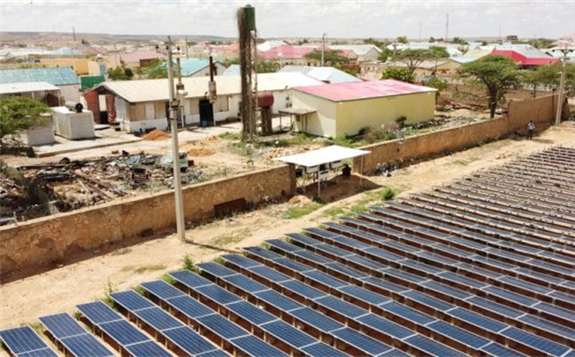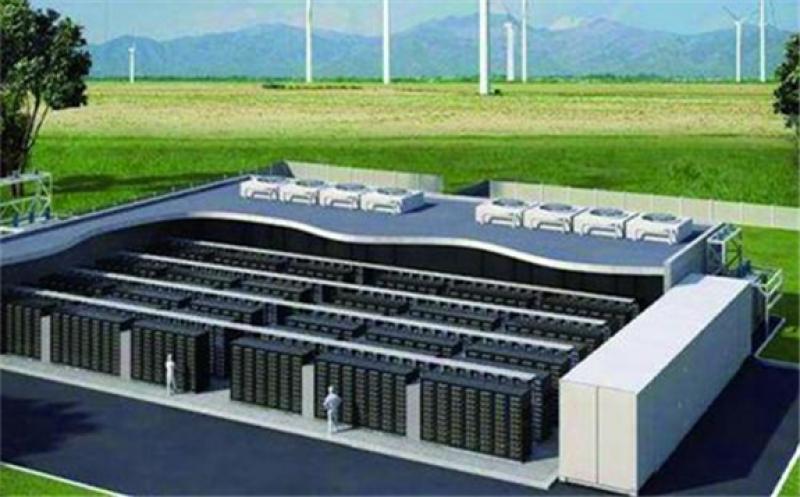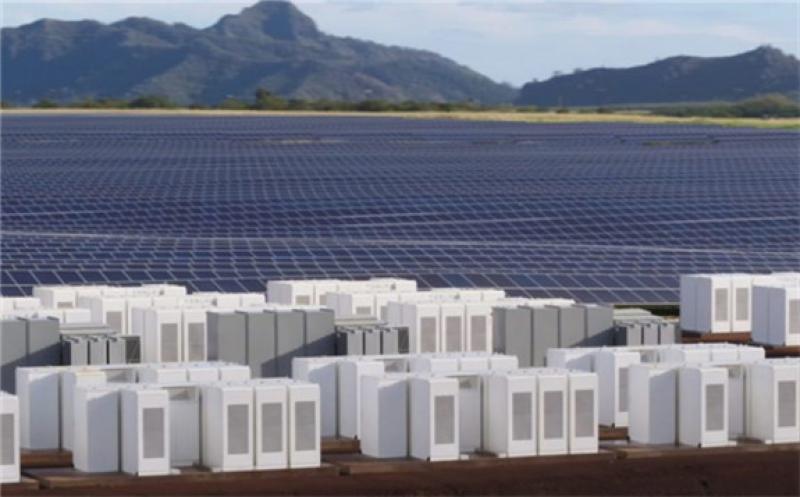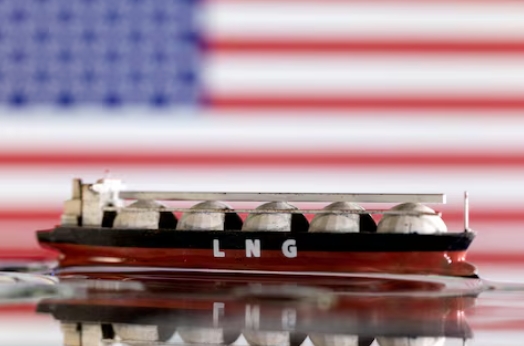
Model of LNG tanker is seen in front of the U.S. flag in this illustration taken May 19, 2022.
Under the terms, MidOcean Energy will cover 30% of the construction expenses and, in return, receive 30% of the LNG output, equivalent to approximately 5.0 million metric tonnes per annum (MTPA). The facility’s total capacity is 16.5 MTPA, and Energy Transfer has secured a mix of final and nonbinding sales agreements for 16 million MTPA. The nonbinding nature of this deal hinges on Energy Transfer’s final investment decision to proceed with the project, which this agreement may help facilitate.
The Lake Charles facility has faced challenges in the past. It was notably affected when the Biden administration declined to extend Energy Transfer’s license to export LNG to countries without free trade agreements (non-FTA) with the U.S. Following this, former President Joe Biden introduced a temporary halt on new LNG export licenses, awaiting an environmental review. Non-FTA licenses are significant as they enable U.S. producers to supply LNG to a broader range of global markets beyond FTA nations.
Since the moratorium was lifted under President Donald Trump’s administration, several non-FTA licenses have been issued, though Energy Transfer has not yet received an extension or new approval for Lake Charles. LNG developers like Energy Transfer typically rely on sales and purchase agreements to secure financing from banks for such projects, making these agreements critical to progress.
As part of the deal, MidOcean Energy has the option to source its own natural gas for its portion of the LNG production. Additionally, MidOcean will commit to long-term gas transportation using Energy Transfer’s pipeline network. This arrangement strengthens the partnership and supports the operational framework of the facility.
The collaboration between Energy Transfer and MidOcean Energy marks a step forward for the Lake Charles LNG project, bringing it closer to realization while navigating regulatory and financial considerations. The final decision on the plant’s development remains pending, but this agreement enhances its prospects by securing a key partner and reinforcing its production and transportation strategy.
